

The results in this report/these tables are not official statistics, they have been created for research purposes from the Integrated Data Infrastructure (IDI), managed by Statistics New Zealand. The opinions, findings, recommendations, and conclusions expressed in this report/these tables are those of the author(s), not Statistics NZ or the Ministry of Education.
Access to the anonymised data used in this study was provided by Statistics NZ in accordance with security and confidentiality provisions of the Statistics Act 1975. Only people authorised by the Statistics Act 1975 are allowed to see data about a particular person, household, business, or organisation, and the results in these tables have been confidentialised to protect these groups from identification.
Careful consideration has been given to the privacy, security, and confidentiality issues associated with using administrative and survey data in the IDI. Further detail can be found in the Privacy impact assessment for the Integrated Data Infrastructure available from the Statistics NZ website.
The current work discusses some of the methodology of my PhD work, which seeks to combine sociological theory and network analysis to understand gendered and classed patterns in science education in New Zealand. This work was originally presented at the satelite session "People, Places, Things" at the Network Science conference (Netsci2018) in Paris on the 12th of June, 2018. The aim of this write up is to explain, in basic terms, the benefits of using networks to represent large, complex data regarding students' pathways through science, but also how the sociological theory outlined by Pierre Bourdieu can serve as an excellent guide for the research process. Bourdieu's theory provides a great framework for developing initial research questions, whilst it also provides a means of placing research findings in a broad societal context. This wall of text will seek to:
Historically, women and minority groups have been underrepresented in scientific disciplines. Modern day trends tend to show this pattern of science engagement operates at a more fine grained level, with subjects such as physics, mathematics, computer science, and engineering tending to be male dominated, while the life science subjects (biology, medicine, health) tend to be more equal in terms of gender representation. This trend is common at all stages of post-compulsory education in New Zealand, and also internationally in Europe (Stevanovic, 2013; Institute of Physics, 2012; Institute of Physics, 2013; Smith, 2011) and the United States (NSF; Cunningham, 2015; Kost-Smith, 2010; Heilbronner, 2012).

With the increasing abundance of data, we can begin to unpack where gender and class disparities occur, and maybe even why they occur. In my case, I will discuss how I am using the Integrated Data Infrasture (IDI) to try and provide an in depth understanding of pathways through science education, and how they may vary at the intersection of gender and social class. The IDI is a collection a datasets hosted by Statistics New Zealand that contains information regarding students' subject selection and performance at all stages of education, tied at an individual level to the census. We therefore have an incredibily rich dataset that we can analyse. However, with this richness, we also have an increased level of complexity that can make it difficult to generate and answer research questions. Luckily, network analysis offers a method of analysis that tackles complex data and offers a way of revealing trends.
A network is basically a collection of nodes (dots) and edges (lines that connect dots). Nodes can represent anything, such as agents (people),
institutions (e.g., universities), and objects. The edges represent instances where two nodes share a relationship of some kind.
We can assign attributes to the nodes and edges in a network. For example if a node represents a person, it may have information regarding gender,
ethnicity, or other demographic information. Edge attributes represent the characteristics of the relationship shared between nodes. An important
edge attribute is the weight of the edge. This is a value that is used to represent the strength of a relationship between two nodes, and may be derived in
a multitude of ways (such as frequency, distance, correlations, amongst others).
The image presented above provides an example of a network that uses student data. In this network, nodes represent courses offered by the University of Auckland. Edges represent instances where a student took a pair of courses within their first year at the university. Instead of having a single edge for each student who took a pair of courses, we can aggregate these edges and use that frequency as a weight for a single edge. In our case, we have used a different metric called Revealed Comparitive Preference (RCP) to highlight the pairs of courses that are most interesting. This type of weight brings a pair of courses closer together if there more students taking that pair of courses relative to the overall population of the network, and the number of in each course.
Once this network has been formed, we can run community detection to reveal the clusters of courses that tended to be taken together. In our case, we used Louvain community detection, which is an algorithm that groups nodes together by maximising the modularity score of the network. This is a fancy way of saying that nodes that have lots of connections are grouped together, while nodes in different communities have sparcer connections Each community seems to represent a different degree structurs at the University of Auckland, which is not surprising. For example, we would expect Bachelor of Arts students to take similar courses to one another, and different from Bachelor of Science students. Red seems to represent the arts, yellow science, purple engineering, and orange music.
Now we can look at subsets of the main network in more detail. In the following case, I have just taken the students who studied at least one physics course at the University of Auckland.
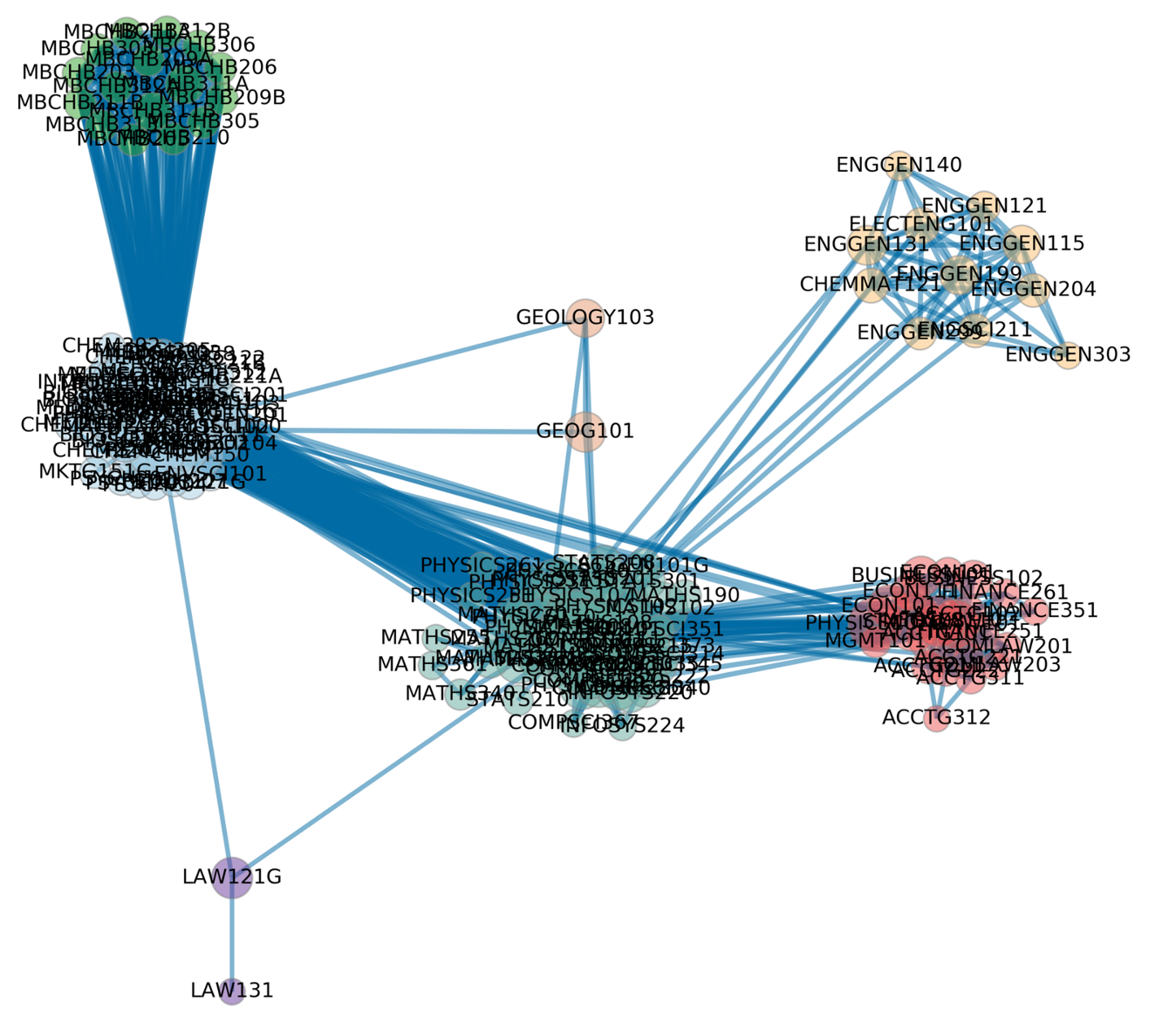
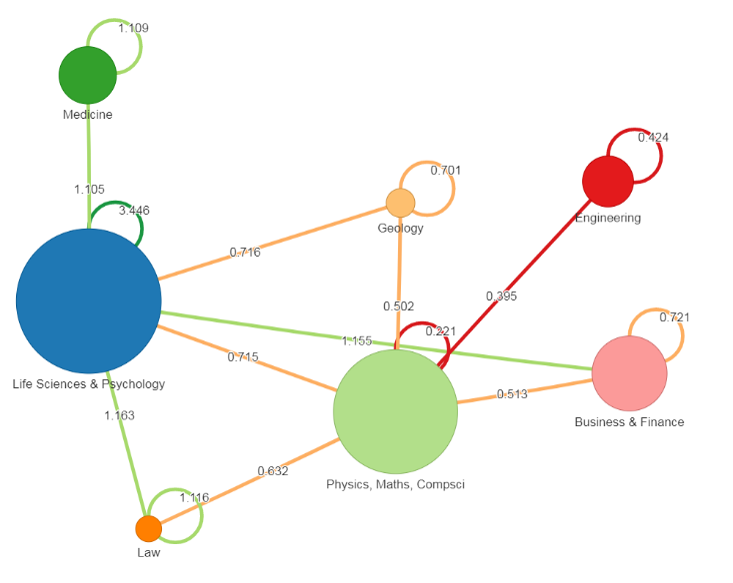
As we can see, female students were around 3.4 times more likely to take a pair of courses within the life sciences and psychology community. Male students were more likely to take courses within the physics, maths, computer science community and between that community and engineering.
Now the trends identified in our network analysis, although interesting, are very common for post-compulsory education in New Zealand and across the world. Historically, these patterns have been explained in terms of the "Leaky Pipeline". This model basically presents the idea that science education is like a big long pipe that stretches from primary school all the way through high school, and finally ends with graduation from university and entering into the workforce. However, with each transition from one educational stage to the next, students "leak" out of the pipeline and disappear forever. The gender disparities outlined in our networks would therefore be explained in terms of female students being more likely to leak from physics, maths, engineering etc., and male students being more likely to leak from the life sciences. Students can take a wide range of pathways through high school and university study. Instead of one big pipe, we need to start thinking in terms of a complex collection of pipes, each one pretty much unique to individual students. Students don't leak, they make study decisions based on the realities in which they are based. Labelling students as leaks or dropouts stigmatizes the individual and neglects the socio-cultural context in which students are placed. With the increasing abundance of student data we have no excuse for ignoring context.

Pierre Bourdieu realising he left the oven on at home - photograph by Leonardo Antoniadis
The sociological theory of Pierre Bourdieu offers one such avenue for framing the journeys that students take through higher education. Bourdieu was a french sociologist who was active from around 1960 to 1990, with his work (in partiular his seminal book "Distinction") leaving a lasting influence on educational research. One major advantage offered by Bourdieu's framework is the manner by which it encourages a mixed method approach to research. For Bourdieu, a true social science is one that combines the objective, and quantitative, with the subjective and qualitative. His original work included ethnographic research, photograph case studies, interviews, and large scale surveys. With so many different approaches, it is difficult to understand how they can fit together to provide a cohesive narritive about how society operates. Bourdieu's theoretical framework provides a means to tackle this issue. His theory not only allows us to interpret both quantitative and qualitive results, but it also provides a method of understanding how the objective and subjective are linked (he dubbed this mode of inquiry Genetic Structuralism).
In the simplest terms, Bourdieu was interested in the way that power is distributed in society, and how this relates to an individual's practices (behaviours and attitudes) within society. The theoretical framework that he conceptualised is vast, and since this aim of this piece is to offer a quick introduction to his work, I will be focussing on a simplified theoretical model that Bourdieu outlined in Distinction.
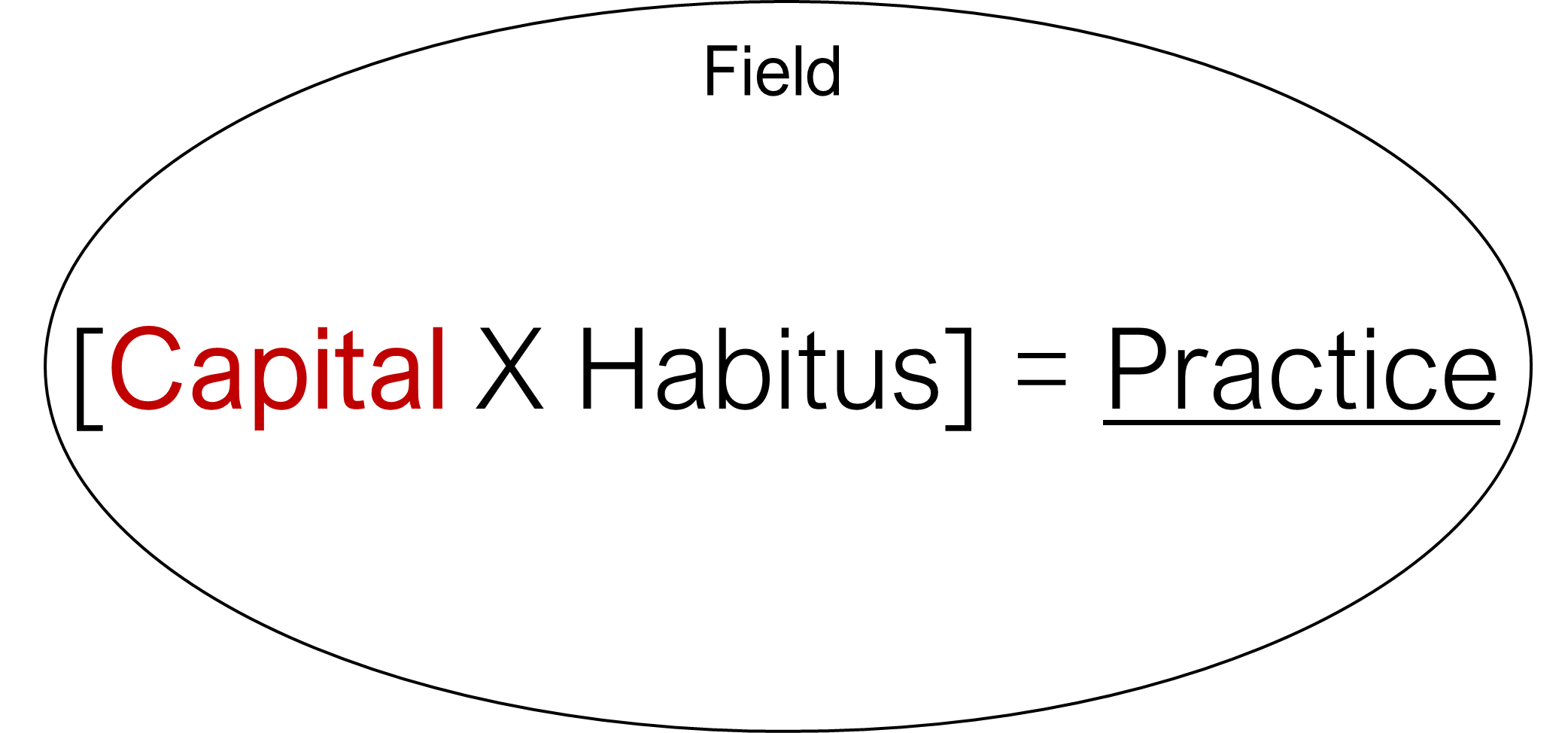
Bourdieu saw an individual's practices (behaviours and attitudes) in society as being generated by the interaction between capital and habitus.
The following sections will define and describe these concepts within the context of science education.
Capital is a resource that one can use to gain advantage in society. For Bourdieu, it can take one of four forms: economic, cultural, social or symbolic. For this piece, I will focus on economic and cultural capital, as it is these two forms of capital that are the most relevant in the research I will discuss later. For a fuller explanation of capital, The Forms of Capital by Bourdieu is the best place to start.

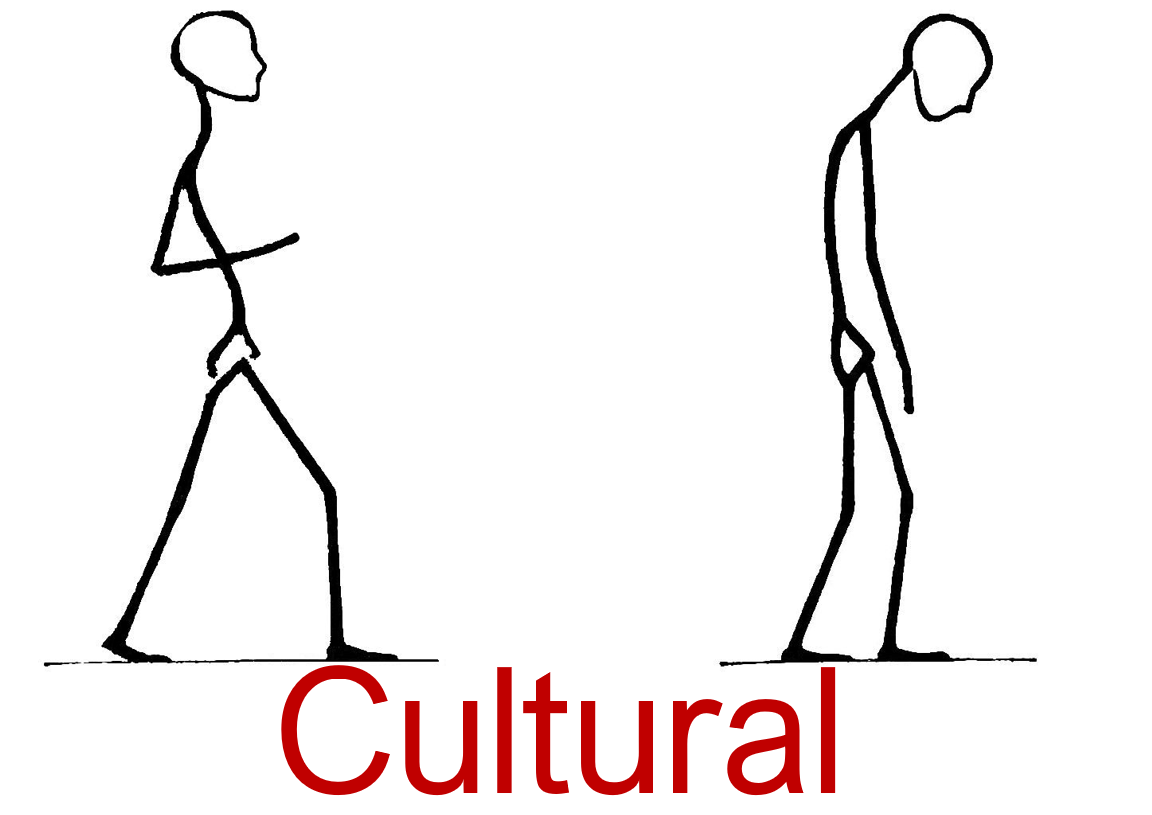
Bourdieu is probably most famous for his concept of cultural capital. It refers to an individual's non-financial assets. This can refer to the objects we engage with, such as the textbooks, computers, and media (e.g., tv shows). It is easy to understand how this form of objectified cultural capital can be advantageous for students. If you grow up reading science textbooks or magazines, you will likely do better with science at school. But cultural capital also operates at a more tacit level. Over time, our interactions with cultural objects become embodied. Embodiment is a process in which the stuff we interact with in our environment becomes a part of our body. It changes the way we carry ourselves, the way we talk, and the way in which we see our place in the world. For Bourdieu, the objects become an "integral part of our self". A good example of the relationship between objectified cultural capital and embodied cultural capital can be seen when if we go the gym. The gym machines, barbells and so on are all examples of cultural objects. If we interact with these objects over an extended period, our body physically changes as our muscles get bigger. Our embodiment of cultural capital changes the way in which people see us ("have you been working out?"), and also the way we see ourselves. With regards to science related objects, the more we engage with them, the more likely we will associate with science, and see ourselves as a "science person".
The key thing for Bourdieu is that inequity is driven by the fact that capital is not distributed evenly across society. By this I mean that
some individuals can be born with a high level of resources at their disposal, whilst others can be born into poverty. It may be clear how this
relates to economic capital. Being born into wealth is one of the best predictors of educational success (for examples see PISA). But Bourdieu especially emphasized the
advantages gain by being born into a family that shares the dominant culture in society. These individuals learn from the very begining the 'correct'
way of behaving, speaking, and interacting with those in charge. The concept of cultural capital is more tacit than economic capital, but one example that
has a clear and lasting impact is language. Individuals who are born into families who have a good grasp of the dominant language (i.e., the one used by
schools) have a clear advantage when it comes to schooling. They are more likely to enter education with the literacy skills required to function
in the classroom. Kids born into families that either do not speak the dominant language or do not have a lifetime of experience with it will start on the
back foot.
Capital is also accumulative. This means that the more capital you have, you are more able to invest it in ways that return more capital.
A good example of this can be seen in education. If your family has lots of money, you can afford to go to university.
With a university degree you are more able to get a high paying job, and therefore get more money.
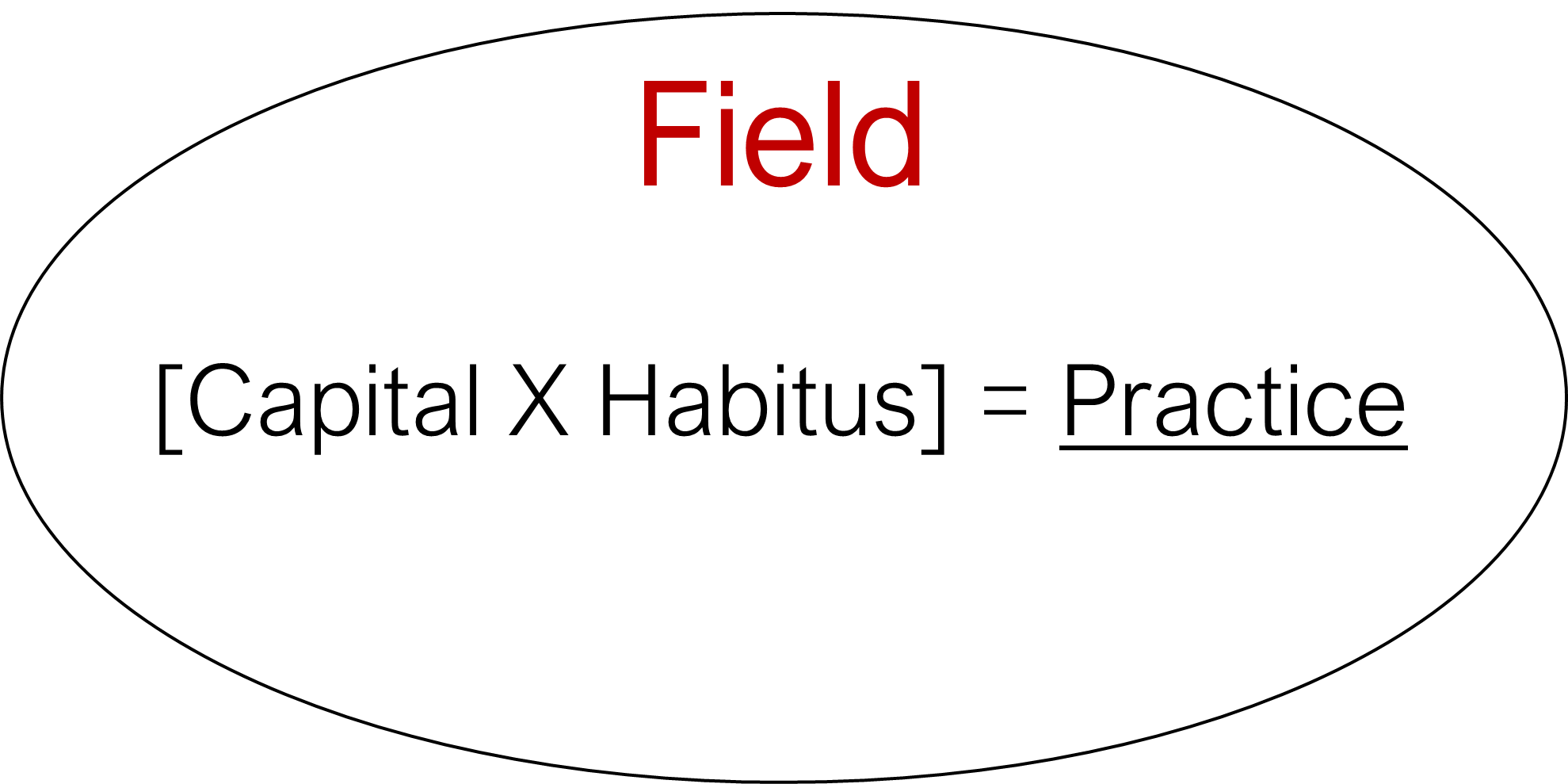
Our practices are not generated in a vacuum. As I outlined previously, one of the major strengths of Bourdieu's theory is that it places strong emphasis on the socio-cultual and historical context in which a student is placed. For Bourdieu, the context in which a student is placed is called a field. A field is basically any place where an individual acts. Therefore the social world is comprised of many different fields. For example within the field of education, we also have the field of science. Within science, we have the fields of social science, physics, chemistry, biology and so on. The key thing is each field has its own rules on what forms of capital are valued, and these are determined by those that have power in the field.
But how do we find out what forms of capital are valued? How do we identify which forms of capital are valued in the field, and what forms of logic operate that constrain or facilitate the success of an individual? One of Bourdieu's main goals was to identify quantitative methods that can answer these questions. Bourdieu even developed his own quantitative approach that he believed offered a true model of the structure of the field; a form of factor analysis called Multiple Correspondence Analysis.
The MCA map presented above shows the structure of the field of taste in French society in the 1980's. The map provides a two dimensional representation of a survey of taste (music, art, food etc.). Bourdieu interpretted this output as showing that French society was structured across the dimensions of economic and cultural capital (the horizontal axis). Individuals who had a high volume of cultural capital, and low economic capital, are located on the left hand side, and vice versa on the right hand side. Items that coccur often are located close to one another in the map (i.e., individuals know few musical works also tend to find paintings nice but difficult). Items that are far away are relatively unlikely to cooccur (individuals that know 12+ musical works were less likely to like the Blue Danube). The vertical access represents a logic operating on the field, where indivuals are split by "seneriority in the bourgiousie". Upper class individuals are located towards the top, working class towards the bottom. So for Bourdieu, taste in French society is mainly structured by the distribution of economic and cultural capital, and class.
I have repeated the same type of analysis, but instead the field I am interested in is science education in New Zealand (between the years 2009-2015). This analysis used data from the IDI, and contains the following variables:
Whilst this list is not an exaughstive summary of the characteristics that are likely important in determining progression in science, they have been selected due to prior research suggesting their importance. Ethnicity is definitely an important characteristic that needs to be considered, and I am currently working on the best way to incorporate it into the analysis (in particular, I am assessing the best way to deal with mutliple ethnicities). Measures of deprivation and direct measures of economic capital also need to be included in the future.
We can see that the horizontal dimension appears to represent cultural capital. Individuals who had parents who went to university are also more likely to be top achievers in high school (a measure of institutionalised cultural capital). Individuals who have high cultural capital (according to this interpretation) are more likely to go to university, and prehaps more interestingly, study science at high school and university. Individuals with relatively lower cultural capital are more likely to go to polytechnic or private institutions, which provide more vocational degrees, or not attend a tertiary instituion at all. These individuals are also less likely to study science at high school and tertiary level. The vertical dimension seems to represent the gender disparities that are so prevalent in science education. If a student is male, they are more likely to study engineering and computer science, regardless of cultural capital. Female students seem relatively more likely to take health and social science.
Heatmap of the transition between high school and tertiary study across the whole of New Zealand (2016)
Three Key trends
Communities reflect the three trends.
What do people like me study? What do I enjoy?
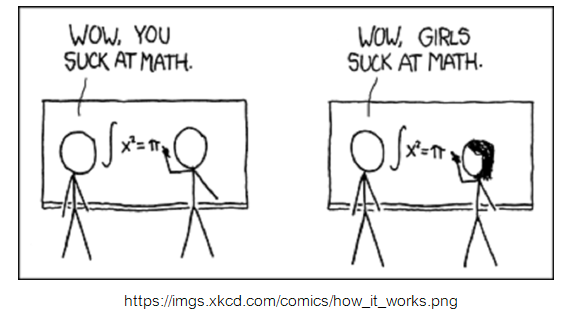
Two main arguments
Negative gender stereotypes (Marchand & Taasoobshirazi, 2013).
Lack of career enhancing capital (Ivie, Tesfaye, Czujko & Chu, 2013)
